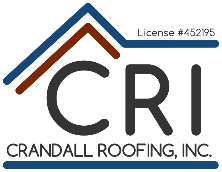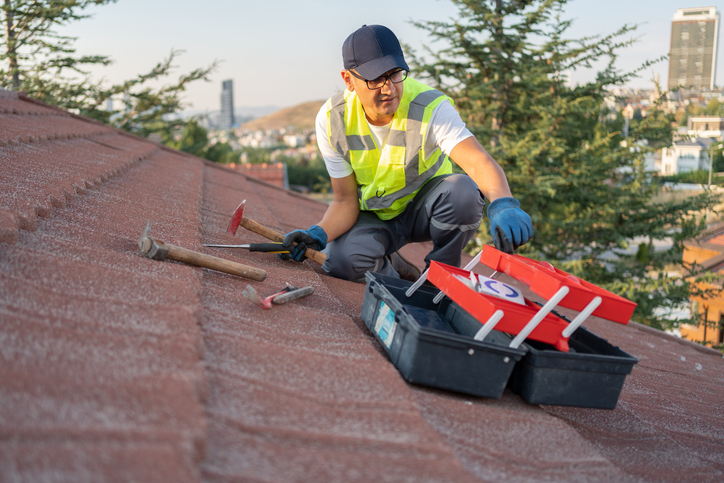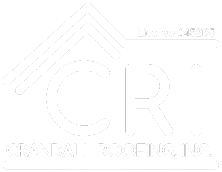Gutters play a vital role in protecting your property from damage by channeling rainwater off the foundation, siding, and roof. However, selecting the right gutter system can be a daunting task, given the wide range of materials, designs, and gutter installation
options available. This guide will walk you through essential tips to help you choose the perfect gutter system, ensuring both functionality and aesthetic appeal.
1. Assess Your Home’s Drainage Needs
Before selecting a gutter system, assess your home’s specific drainage needs. Factors such as roof slope, total square footage, and local rainfall patterns will influence the type and size of gutters required. Homes in regions with heavy rainfall may need wider gutters, while areas with less precipitation can use smaller systems.
Proper drainage is critical because insufficient or improperly sized gutters can lead to water overflow, damaging your foundation and landscaping. Evaluate your roof’s pitch and consider professional input to ensure your gutter system can handle the expected volume of water.
2. Choose the Right Gutter Material
Gutters come in a variety of materials, each with its advantages and disadvantages. The most common materials include:
– Aluminum: Aluminum gutters are lightweight, resistant to rust, and relatively affordable. They are easy to install and come in a range of colors.
– Copper: It is durable, long-lasting, and highly resistant to corrosion. While copper gutters are more expensive, they offer a distinctive aesthetic that ages beautifully over time.
– Vinyl: One of the most cost-effective options, vinyl gutters are lightweight and resistant to rust but may not be as durable in extreme weather conditions.
– Steel: Galvanized steel gutters are highly durable but prone to rust without proper maintenance.
– Zinc: Known for their longevity and low maintenance, zinc gutters are rust-resistant but can be costly upfront.
Your choice of material depends on your budget, climate, and aesthetic preferences. For long-lasting performance, make sure to choose a material that can withstand your local weather conditions.
3. Consider Gutter Styles and Designs
Gutter systems come in different styles that not only serve functional purposes but also affect the visual appeal of your home. The two most common styles are:
– K-style gutters: These have flat bottoms and ornamental fronts that resemble crown molding. They hold more water than rounded gutters and are widely popular in residential homes.
– Half-round gutters: Typically found in older or historic homes, half-round gutters are semi-circular in shape and provide a classic look. However, they don’t hold as much water as K-style gutters and may require more frequent maintenance.
When selecting a gutter style, consider your home’s architectural design and choose a system that complements its appearance while meeting practical needs.
4. Ensure Proper Gutter Size
Choosing the right gutter size is crucial to ensuring your system can handle the water runoff from your roof. The most common gutter sizes are 5-inch and 6-inch widths, but homes with larger roofs or in regions with heavy rainfall may require oversized gutters.
An undersized gutter system can lead to overflow during storms, causing water damage to your home’s foundation and siding. Consult with a gutter installation professional to determine the correct size for your home based on roof dimensions and local weather patterns.
5. Look Into Gutter Protection Options
Gutter guards and covers can be a valuable addition to your gutter system, helping to keep debris like leaves and twigs out while allowing water to flow freely. There are several types of gutter protection systems to consider:
– Mesh screens: Fine screens that block debris while letting water through.
– Reverse curve systems: Designed to direct water into the gutter while allowing debris to fall off.
– Foam inserts: These sit inside the gutter and block debris from entering.
– Brush guards: Cylindrical bristles that prevent debris from clogging gutters.
Installing a gutter protection system can reduce maintenance efforts, prolong the life of your gutters, and prevent clogs that can lead to water damage.
6. Evaluate Gutter Durability
Durability is an important consideration when choosing a gutter system, as it affects the longevity and maintenance requirements of the gutters. High-quality materials like copper, zinc, and steel tend to last longer and offer greater resistance to the elements compared to vinyl or aluminum.
Look for gutters that are resistant to rust, corrosion, and UV damage, especially if you live in an area with extreme weather conditions. Choosing a durable system will minimize the need for repairs and replacements over time.
7. Climate Compatibility
Your local climate plays a major role in determining which gutter system is best suited for your home. For example, homes in cold climates with heavy snowfall may require heated gutters or systems with greater structural integrity to prevent ice dams.
If you live in a coastal area, salt air can accelerate corrosion, so opt for rust-resistant materials like copper or zinc. Understanding how weather patterns affect your gutter system will ensure that your installation performs optimally for years to come.
8. Research Installation Methods
The installation method used can impact the performance and longevity of your gutters. Seamless gutters, which are custom-made on-site to fit your home, have fewer joints and are less likely to leak compared to sectional gutters. Seamless gutters offer a sleek appearance and better protection against water damage.
Sectional gutters, on the other hand, are pre-cut and joined together during installation. While they are more affordable, they require more maintenance as the seams may weaken over time, leading to leaks.
9. Cost Considerations
Budget is often a key factor when choosing a gutter system. Material, size, and installation type will all influence the overall cost of the project. Aluminum and vinyl gutters tend to be more budget-friendly, while copper and zinc are premium options with a higher upfront cost but greater longevity.
Investing in a quality gutter system may save you money in the long run by reducing the need for frequent repairs and preventing costly water damage to your home.
10. Maintenance Requirements
Each gutter material and style comes with different maintenance requirements. Some systems, like vinyl or sectional gutters, may require frequent repairs and cleaning, while others, such as copper or seamless gutters, are more low-maintenance.
When choosing a gutter system, consider how much time and effort you’re willing to dedicate to maintenance. Installing gutter guards or opting for more durable materials can reduce the amount of upkeep needed.
Choosing the perfect gutter system for your home requires careful consideration of factors such as material, size, style, and climate compatibility. By evaluating your home’s drainage needs and exploring different options, you can select a system that not only protects your home from water damage but also enhances its appearance and value.
Are you ready to upgrade your home’s gutter system? Contact a professional installer at Crandall Roofing at 707-586-2500 today to explore the best options and protect your property from costly water damage.











